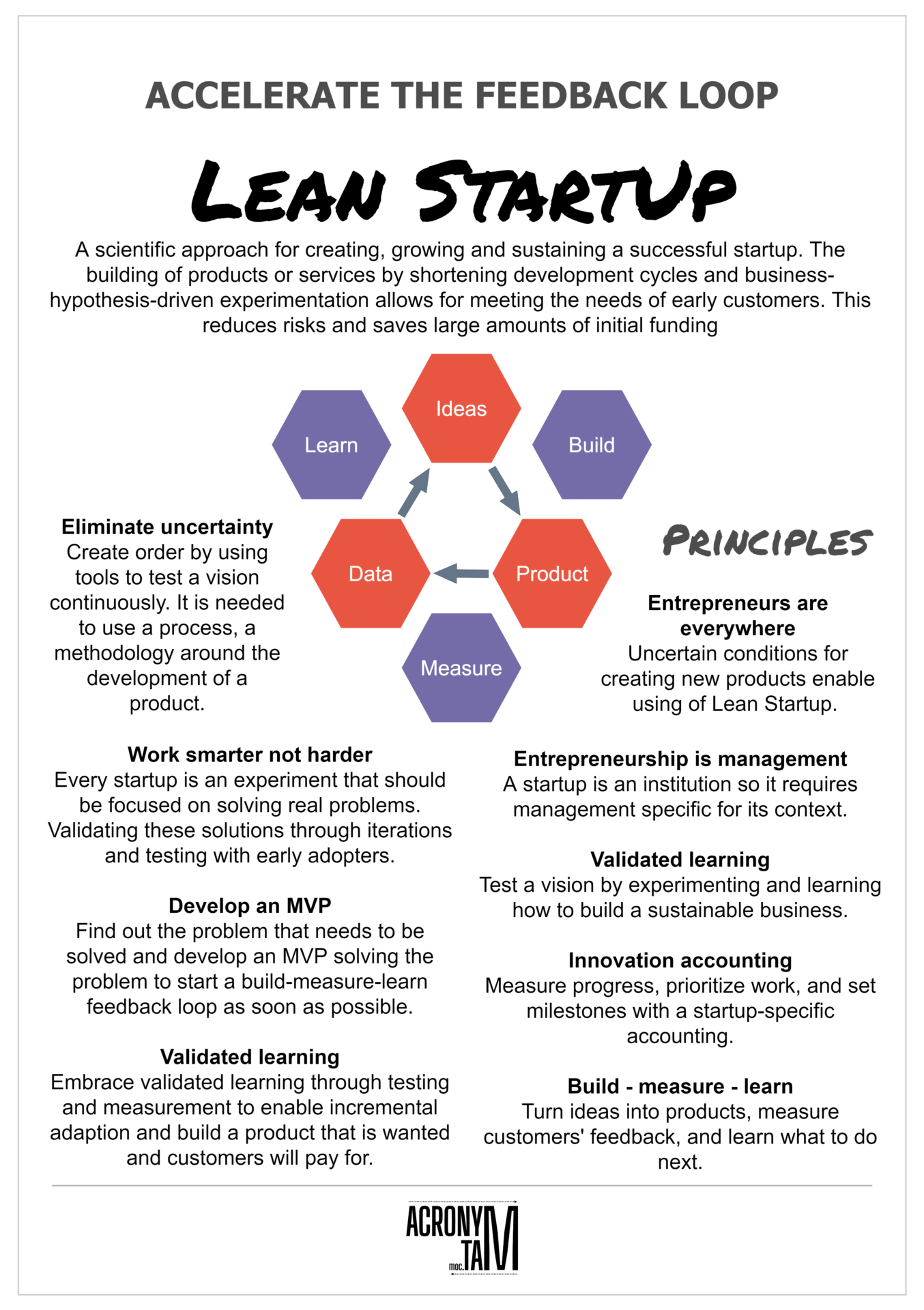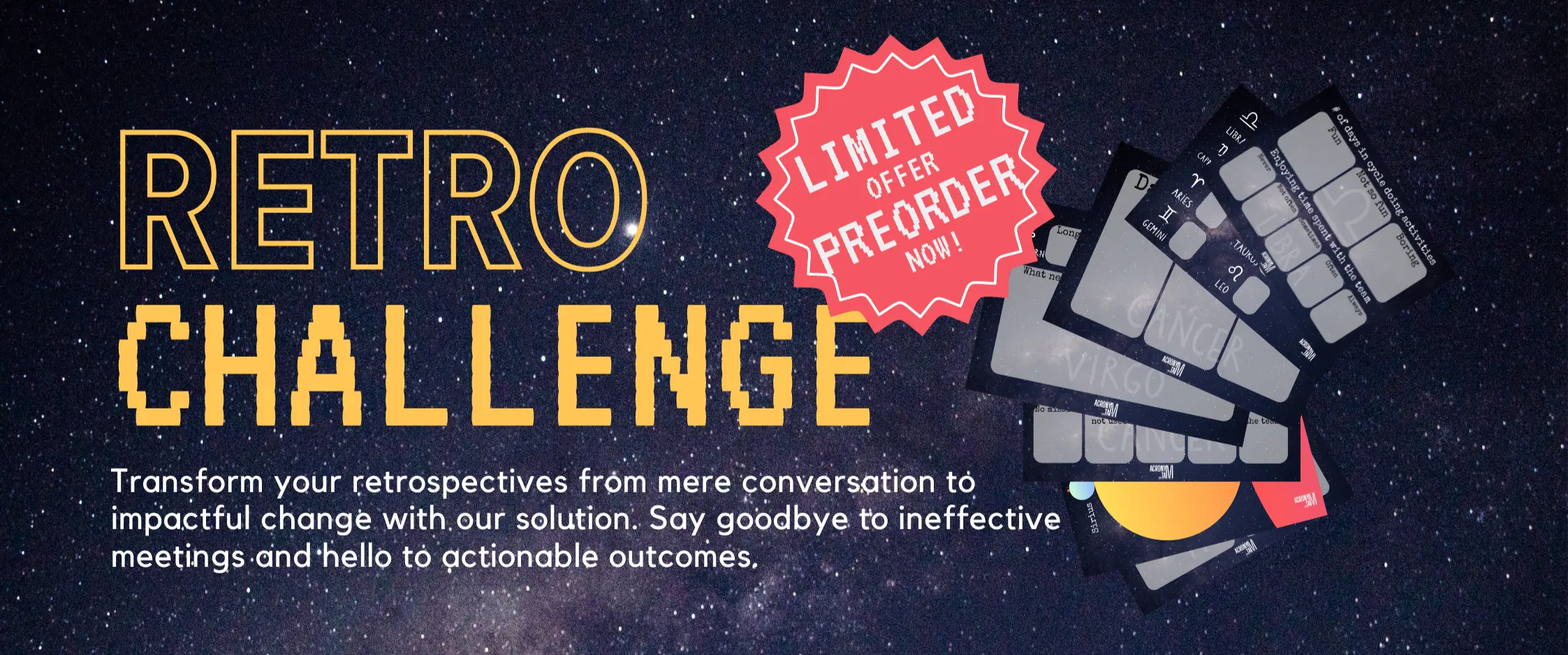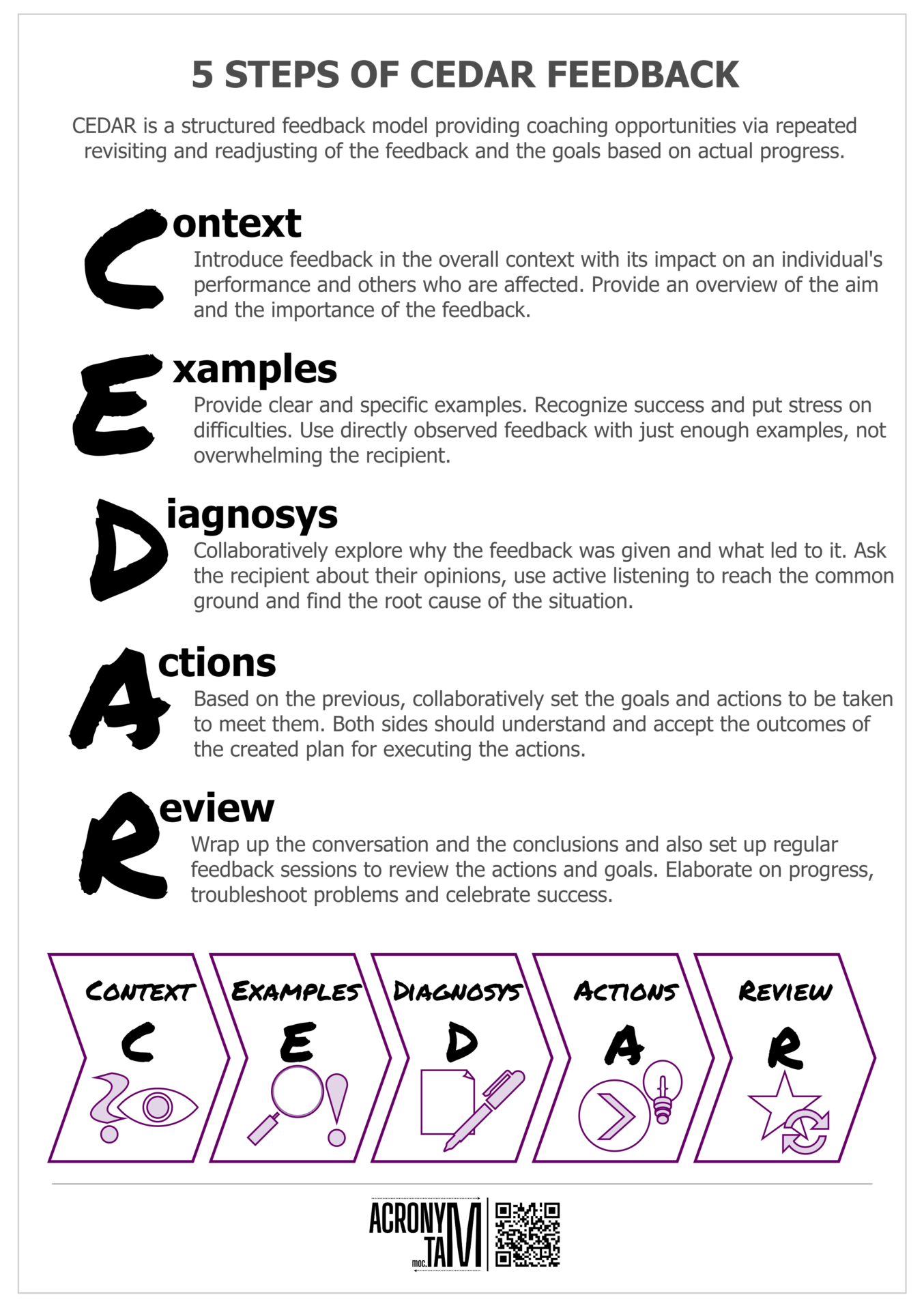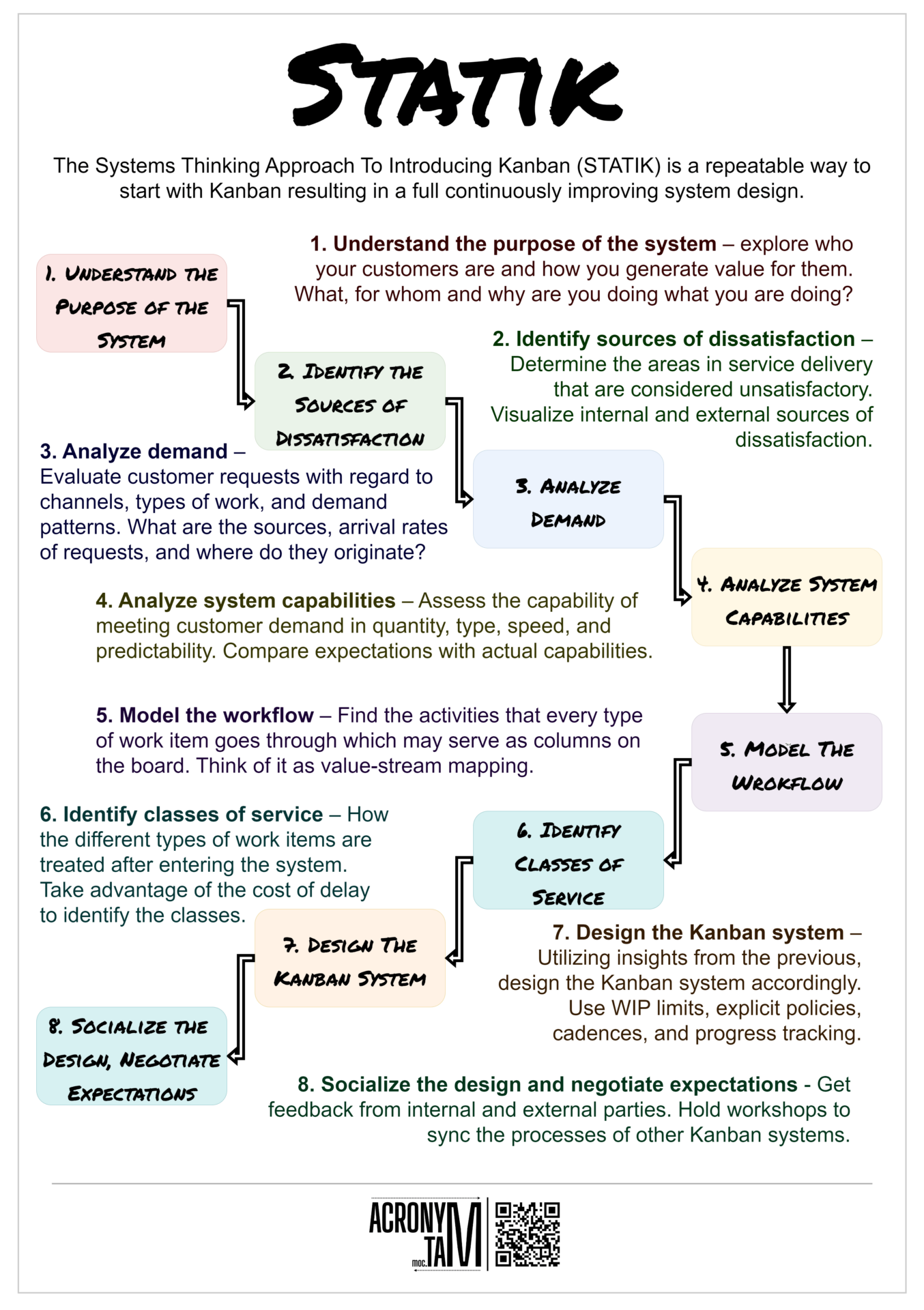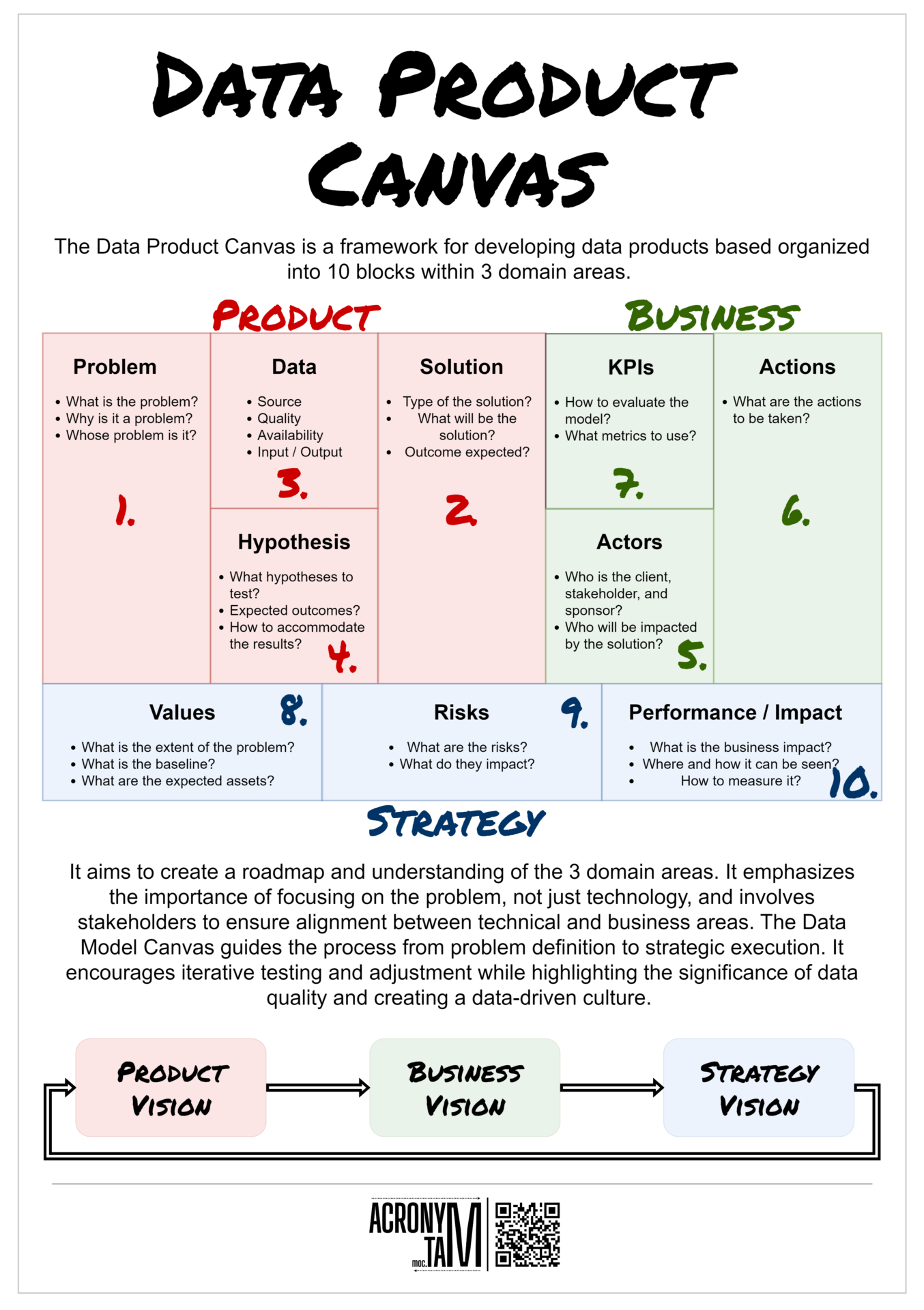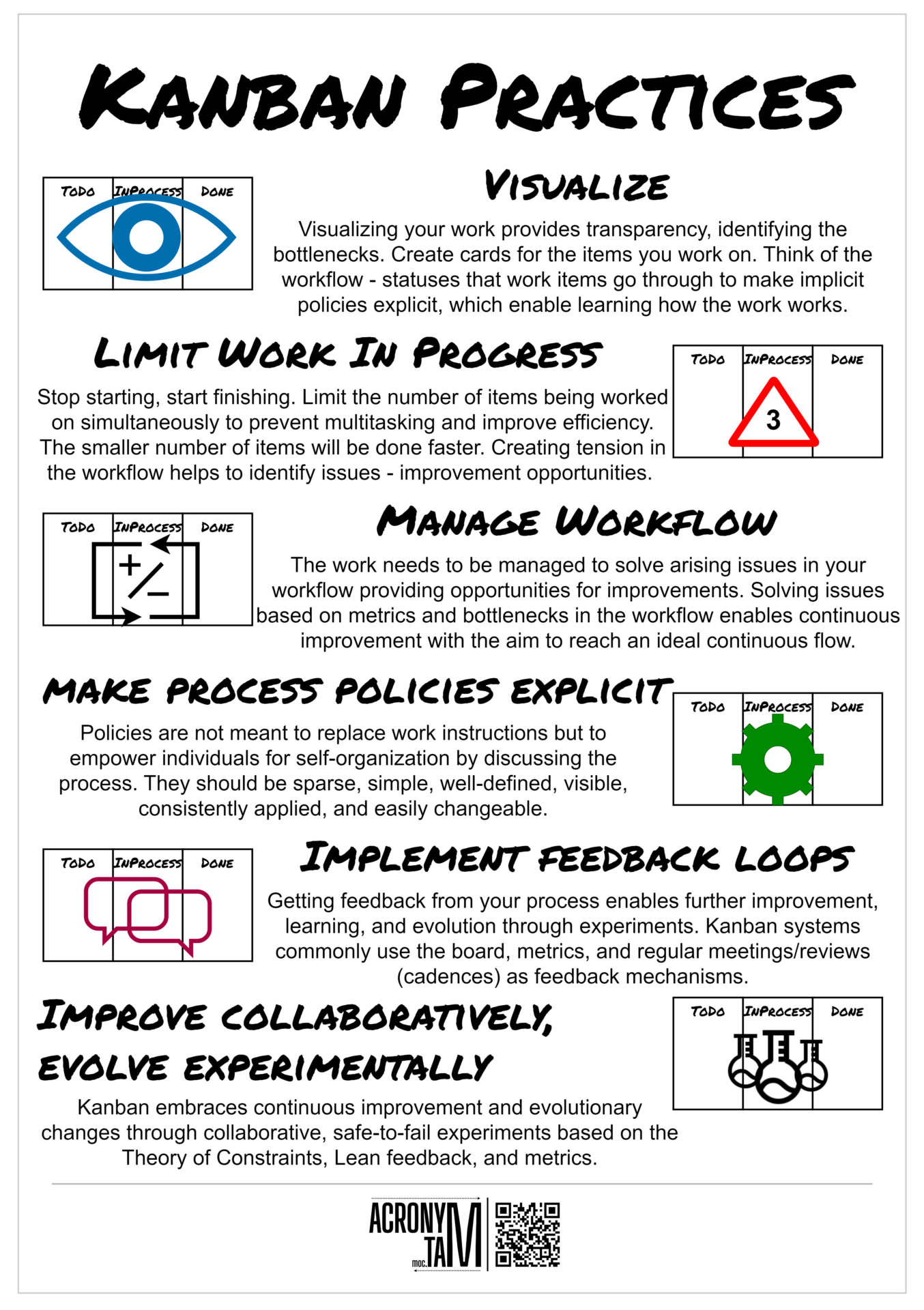Article
Lean Startup
The Lean Startup is a scientific approach for creating, growing and sustaining a successful startup. The building of products or services by shortening development cycles and business-hypothesis-driven experimentation allows for meeting the needs of early customers. This reduces risks and saves large amounts of initial funding
Eliminate uncertainty
Create order by using tools to test a vision continuously. It is needed to use a process, a methodology around the development of a product.
Work smarter not harder
Every startup is an experiment that should be focused on solving real problems. Validating these solutions through iterations and testing with early adopters.
Develop an MVP
Find out the problem that needs to be solved and develop an MVP solving the problem to start a build-measure-learn feedback loop as soon as possible.
Validated learning
Embrace validated learning through testing and measurement to enable incremental adaption and build a product that is wanted and customers will pay for.
Lean Startup Principles
Entrepreneurs are everywhere
Uncertain conditions for creating new products enable using of Lean Startup.
Entrepreneurship is management
A startup is an institution so it requires management specific for its context.
Validated learning
Test a vision by experimenting and learning how to build a sustainable business.
Innovation accounting
Measure progress, prioritize work, and set milestones with a startup-specific accounting.
Build – measure – learn
Turn ideas into products, measure customers’ feedback, and learn what to do next.

